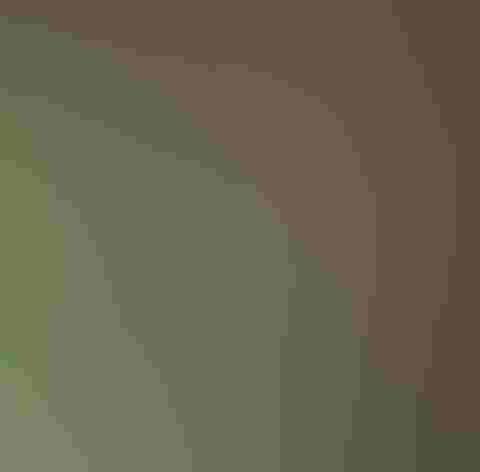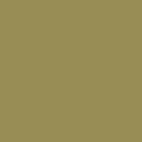Seaside Sparrow
At a Glance
No other songbird in North America is so closely tied to salt marsh as the Seaside Sparrow. Except for a few populations in Florida, it is almost never found away from tidal marshes along the immediate coast. With a patchy and disjunct habitat, this species has evolved a number of well-marked local races. One of these, the 'Cape Sable' Seaside Sparrow, was not discovered until 1918; another, the 'Dusky' Seaside Sparrow, recently became extinct despite major efforts by conservationists.
All bird guide text and rangemaps adapted from by Kenn Kaufman© 1996, used by permission of Houghton Mifflin Harcourt Publishing Company. All rights reserved.
Category
New World Sparrows, Perching Birds
IUCN Status
Least Concern
Habitat
Coasts and Shorelines, Saltwater Wetlands
Region
Eastern Canada, Florida, Mid Atlantic, New England, Southeast, Texas
Behavior
Direct Flight, Flitter, Rapid Wingbeats, Running
Population
200.000
Range & Identification
Migration & Range Maps
Many birds probably non-migratory, although some depart in fall from northernmost part of breeding range and a few spend the winter south of known breeding areas in Florida and Texas.
Description
6" (15 cm). Long-billed for a sparrow, with short spiky tail. Has striking pale spot before eye, pale whisker stripe. Usually looks dark and drab, but overall color varies with range. Habitat is one of best field marks. Endangered south Florida race, "Cape Sable Sparrow," is greenish above, heavily streaked blackish below.
Size
About the size of a Robin, About the size of a Sparrow
Color
Black, Brown, Tan, White, Yellow
Wing Shape
Broad
Tail Shape
Multi-pointed, Pointed, Rounded, Short
Songs and Calls
2 short, sharp notes followed by a buzzy zeeee.
Call Pattern
Flat, Undulating
Call Type
Buzz, Chirp/Chip, Trill
Habitat
Salt marshes. Lives in tidal marshes along coast, favoring areas with dense tall growth above level of highest tides and with openings and edges for foraging. Habitats often feature spartina, rushes, and saltgrass. In Florida, extinct "Dusky" Seaside Sparrow nested in fresh or brackish marsh in some areas, and "Cape Sable" form still does so in parts of extreme southern Florida.
Sign up for ÃÛèÖAPP's newsletter to learn more about birds like the Seaside Sparrow
Behavior
Eggs
3-4, sometimes 2-5. Bluish white to very pale gray, with blotches of brown often concentrated at larger end. Incubation is by female only, about 12-13 days.
Young
Both parents feed the nestlings. Young leave the nest about 9-11 days after hatching, but unable to fly well for at least another week. Parents may feed young for 2-3 weeks after they fledge. 1-2 broods per year.
Feeding Behavior
Forages on the ground at edge of water, and in low growth such as cordgrass and salicornia. May probe in mud or pick items from surface of vegetation.
Diet
Mostly insects, other invertebrates, and seeds. Diet varies with season and location, but major items include grasshoppers, beetles, caterpillars, spiders, small crabs, snails, amphipods, and marine worms. Also eats many seeds, especially in fall and winter, including those of cordgrass and saltbush.
Nesting
During courtship, male follows female, frequently raising his wings and singing. In non-migratory southern populations, members of pair may remain together on nesting territory all year. Nest site is in low marsh vegetation, a few inches above level of highest tides. Nest (built by female alone) is an open cup of grass, lined with finer grasses. Usually has at least a partial cover or canopy built by bird or provided by surrounding plants.
Conservation
Conservation Status
"Dusky" Seaside Sparrow became extinct in 1987; "Cape Sable" form is localized and vulnerable, as are some other populations. Species as a whole has declined owing to destruction of coastal marshes.
Climate Threats Facing the Seaside Sparrow
Choose a temperature scenario below to see which threats will affect this species as warming increases. The same ÃÛèÖAPP change-driven threats that put birds at risk will affect other wildlife and people, too.








